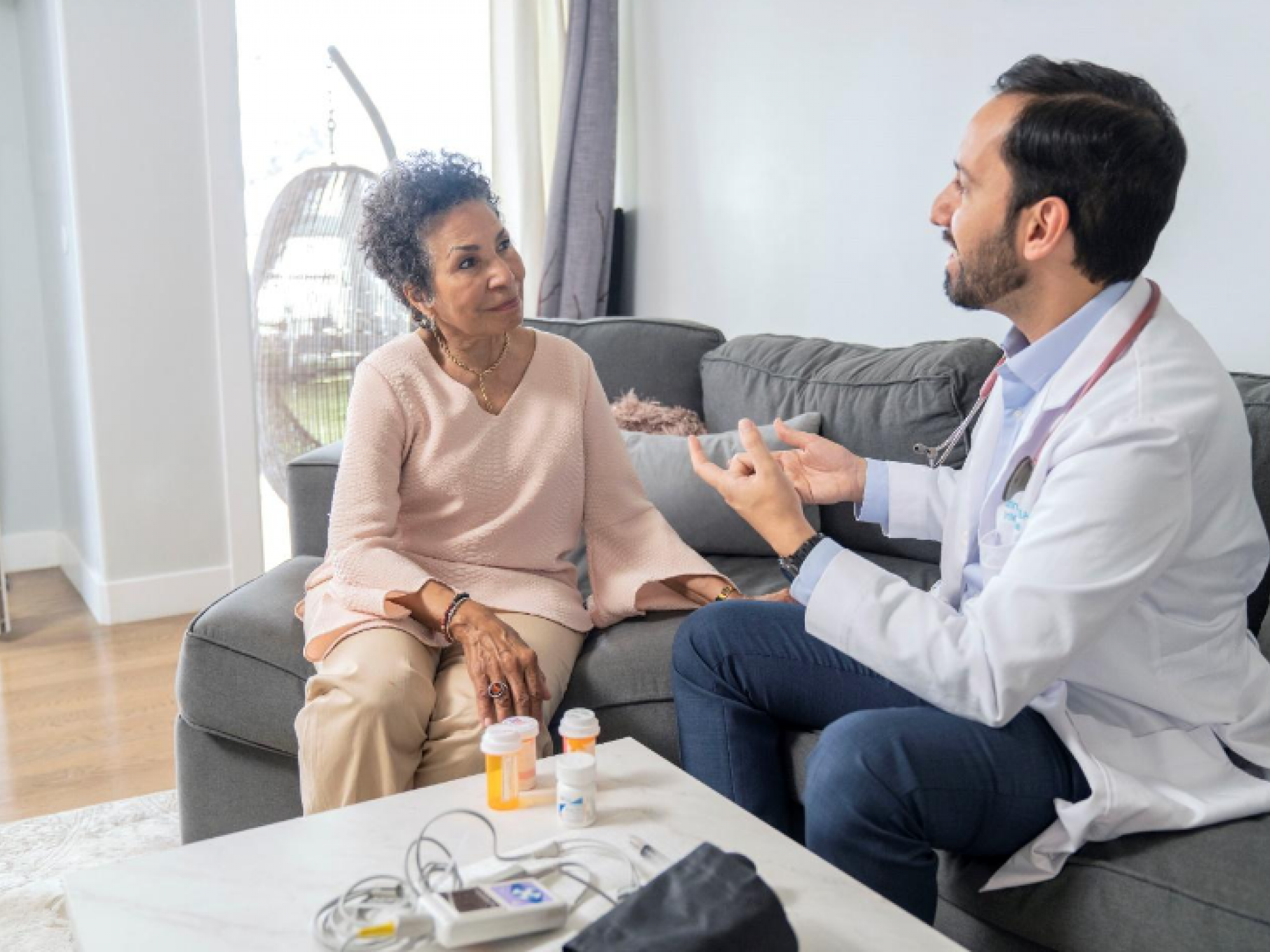
Home-based, technology-enabled primary care can make all the difference for seniors, whether they have chronic conditions or just want to remain healthy and prevent illness.
As the American population continues to age, it is critical to reimagine primary care to account for the emerging trends in the senior community. More tech-savvy seniors, like those with smartphones and tablets, want a broader array of touchpoints with their clinicians, including tech-forward experiences – especially following COVID-19, when seniors witnessed the growth of telemedicine and became more interested and comfortable with the idea of home-based care.
In addition to wanting tech-forward experiences, new research conducted by Heal shows that a majority of patients prefer the house call experience over the in-office clinic setting. It’s easy to see why: receiving primary care from doctors and nurse practitioners at home is not only more convenient, but more personal, and can lead to a better patient experience and better care. Care teams can now visit patients’ residences to administer annual exams, give important vaccinations, conduct screenings, and provide other essential care that is typically done in a traditional doctor’s office.
In-home, doctors tend to be unrushed. On average, Heal providers spend 45 minutes truly getting to know their patient and developing personal relationships with them. In the patient’s own home, providers can easily assess their lifestyle and surroundings, otherwise known as ‘social determinants of health.’ These conditions cover all aspects of the patient’s life, such as food security, diet and eating habits, environment, medication management, and social support to help with depression and loneliness - as well as their physical health. House calls allow providers to see these conditions and make any critical interventions that can meaningfully improve the patient’s health outcomes.
Compassionate doctors and nurse practitioners are drawn to the in-home model, as they believe it’s their mission to really get to know their patients and answer all their questions, even the ones they don't think to ask. At a time when the nation is facing a healthcare worker shortage, the leading in-home primary care businesses have notably increased their numbers of providers and continue to attract new talent, all due to the more personal, fulfilling nature of the in-home model.
As a result, innovative technology solutions are needed to support the rapidly accelerating growth and popularity of this model of care. Three key tech solutions include modern electronic health records (EHR) software; new logistics and routing platforms utilizing artificial intelligence and machine learning; and enhanced remote patient monitoring.
Few EHRs solutions today are designed to support in-home primary care. Companies in the in-home primary care industry must partner directly with physicians to develop or implement modern EHR software that addresses the needs of mobile clinicians. Common challenges mobile clinicians face include trouble accessing data when cell service is weak, heavy usage draining batteries of their mobile devices, and being able to easily reach patients.
In addition, companies that deliver in-home care must adopt new logistics and routing platforms utilizing sophisticated artificial intelligence/machine learning algorithms to ensure that each provider’s time is optimized from patient to patient.
Through enhanced remote patient monitoring solutions, providers can remotely check their patients’ health vitals, which is critical for older adults with diabetes, hypertension, and dementia. Remotely monitoring patients in their homes and using telemedicine spares them from traveling to a hospital or physician's office whenever they have a medical question or a change in their condition.
Nine out of 10 patients stated that they prefer the house call experience when compared to an in-office clinic setting. This model is the future of primary care for the people who need it most, seniors.







